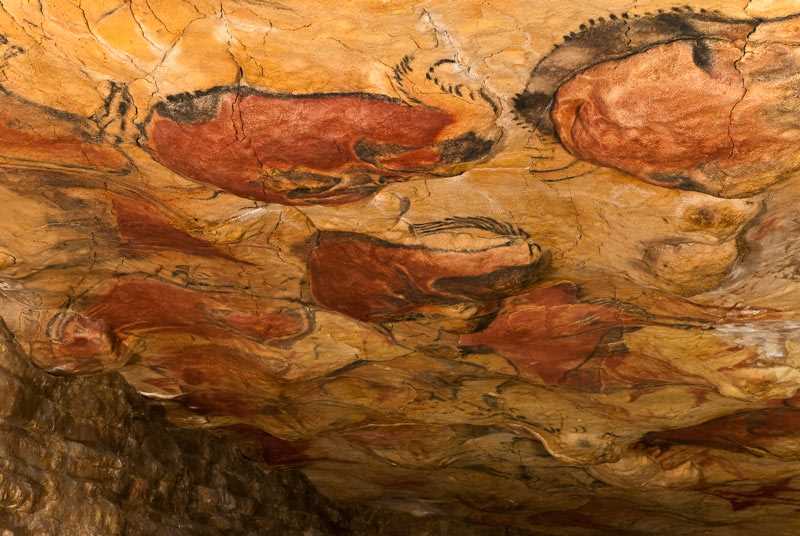Rock Art as the Original Instagram of Human History
Rock art is far more than ancient scribbles on cave walls; it's a complex human expression that bridges time and cultures. From the religious rituals of Mexico's ancient civilizations, to the awe-inspiring murals of Spain's Altamira caves, rock art also serves as a wellspring of modern inspiration.

When we hear the term “rock art,” our minds often jump to cave paintings from the depths of prehistory, perhaps limiting our understanding of its breadth and significance. However, rock art is far more than just the doodles of our ancient ancestors. A complex form of cultural expression, it holds the essence of societies as diverse as the Mixtecs and Mayas in Mexico, and those who dwelled in the ice-age caverns of Altamira, Spain. With its dual role as a record of evolutionary progress and an everlasting font of artistic inspiration, rock art serves as an enduring bridge between the ancient and modern worlds.
The term “rock art,” derived from the Latin word “rupestre,” means much more than its apparent simplicity suggests. It refers to the various paintings, drawings, and bas-reliefs etched onto or inside rocks, crags, and caverns by both prehistoric nomadic groups and sophisticated ancient cultures. In Mexico, for instance, the Mixtecs, Zapotecs, and Mayas created rock art that was intricately linked to their rituals and religious practices. For these communities, as well as their prehistoric counterparts, rock art wasn't mere decoration—it was a sacred endeavor, often aiming to manifest magical or religious beliefs.




